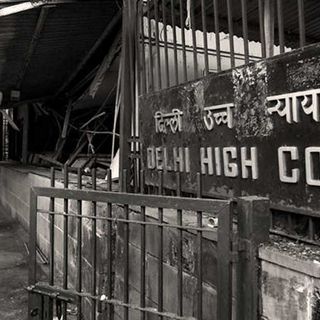Since 1993, the Maharashtra Government has provided an incentive called Attendance Allowance to primary school girls. Aimed at encouraging the education of girls from adivasi and other economically disadvantaged communities, the scheme rewarded parents who sent their daughters to school with Re. 1 per day attended, with a maximum of Rs. 220 per year, for an attendance of more than 75% on working days.
Twenty-five years later, reports Mumbai Mirror, girls’ families are still rewarded with Re. 1 per day attended, with a maximum of Rs. 220 per year.
Girls qualify for the scheme if their parent’s annual income is less than Rs. 11,000 in urban areas and Rs. 11,850 in urban areas. This may have been the poverty line in 1993, but in 2018, the poverty line is a yearly income of Rs. 27,000 or less. That’s Rs. 519 per week. The government’s ‘incentive’ for a whole year of schooling is less than one week’s income. Some incentive.
As the Mumbai Mirror report notes, Maharashtra lags behind the national average in literacy rates among its adivasi peoples. But that’s not the only place it lags: It has the seventh highest number of girls, aged 11 to 14, out of school, according to a report earlier this year. Adivasi girls are doubly neglected by the state.
Two years ago, the Minister of State for Social Justice and Special Assistance Dilip Kamble told Times of India Maharashtra would be revisiting financial incentives to keep adivasi girls in school: “Currently we are giving Re. 1 per day as attendance allowance for girls from weaker sections. Now, we are planning to give higher allowance to all girls from weaker sections of the society to ensure they stay in schools. … We have a committee which is deciding how much increase be made in the monthly allowance and the criteria.” But there was no increase made.
State education minister Vinod Tawde called curbing girls’ drop-out rates a “a work in progress.” Perhaps that work does not include adequate monetary incentives for schooling, but what’s less clear is whether it includes anything else. “By December 2017, various states, including MP, UP, Gujarat and Odisha, had provided funds to increase the nutritional benefits for girls. As per information from the ministry, Maharashtra has not invested much in these schemes,” the Hindustan Times reported earlier this year.
That’s because the government has put in place other schemes aimed at promoting girls’ education, says tribal development secretary Manisha Verma.
“When this scheme was launched, there was no Sarva Shiksha Abhiyan. Under the Abhiyan, all children in zilla parishad schools get free uniforms, textbooks and stationery, apart from mid-day meals,” Verma told the Mumbai Mirror.
That’s great, but uniforms, textbooks and mid-day meals don’t seem to be what’s keeping adivasi girls from school.
“The dropout percentage among girl students from tribal communities is very high. Most of them leave after Std IV as schools in their villages don’t have higher classes,” Lalsu Nagoti, a tribal rights activist in Gadchiroli district, told Mumbai Mirror. “To study further, the girls have to travel to a nearby town or taluka. Majority of the families don’t have the resources to send their child. And the paltry incentive of Re. 1 is not helping.”




